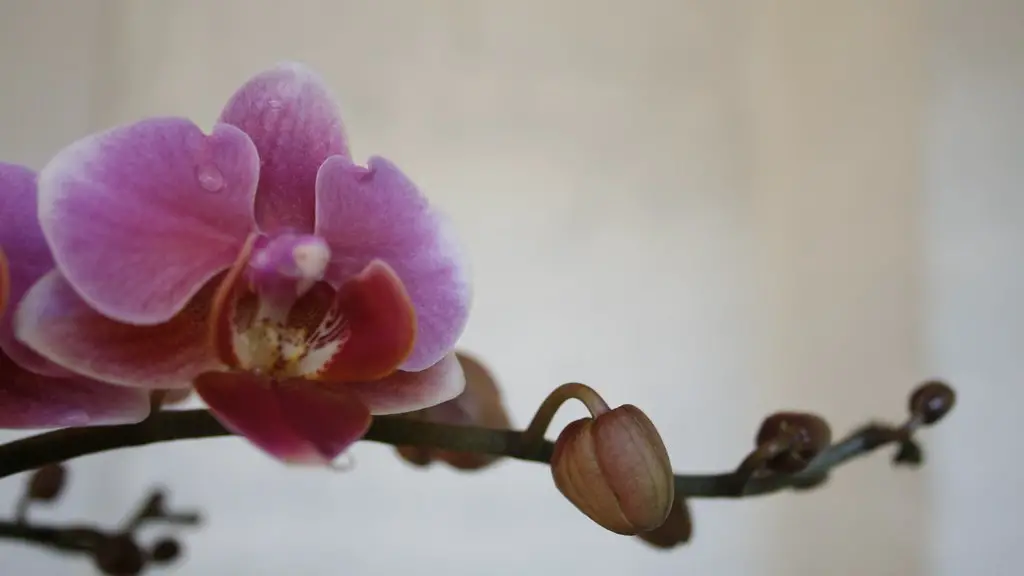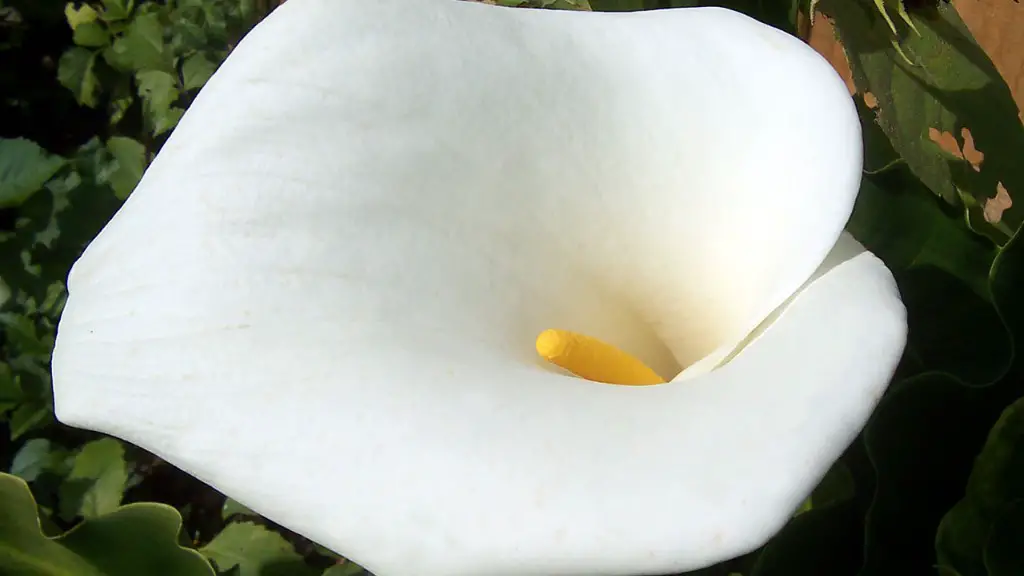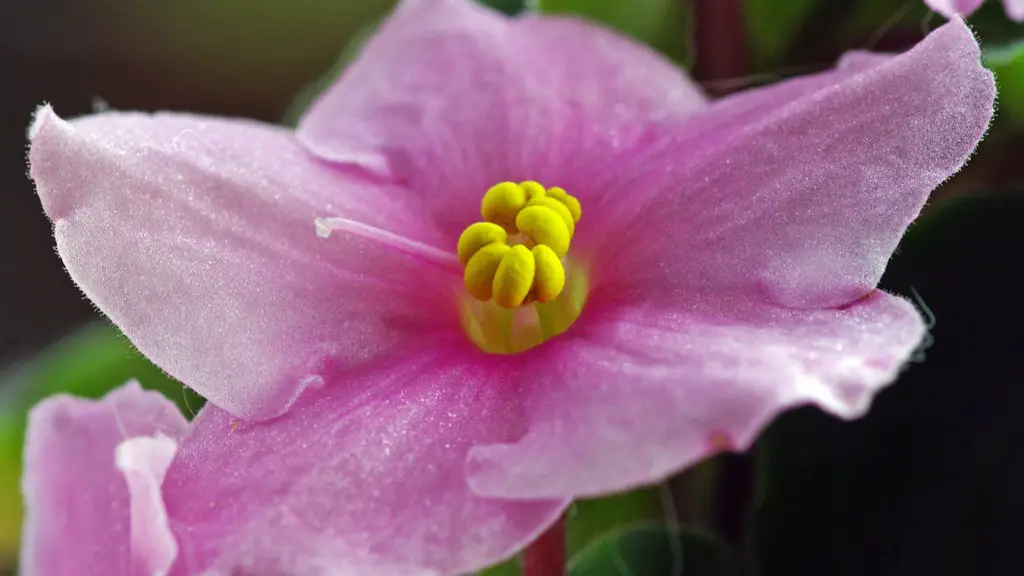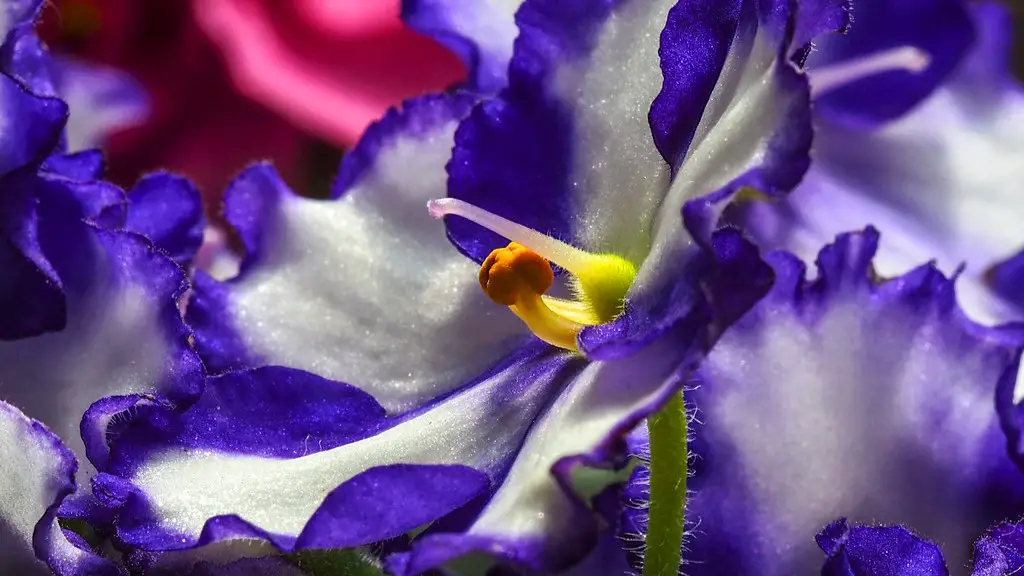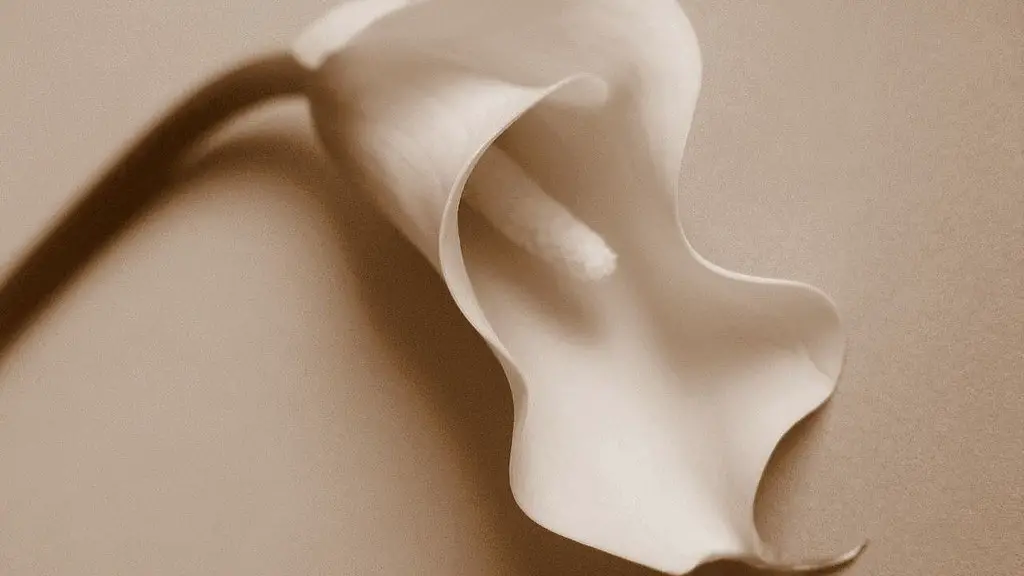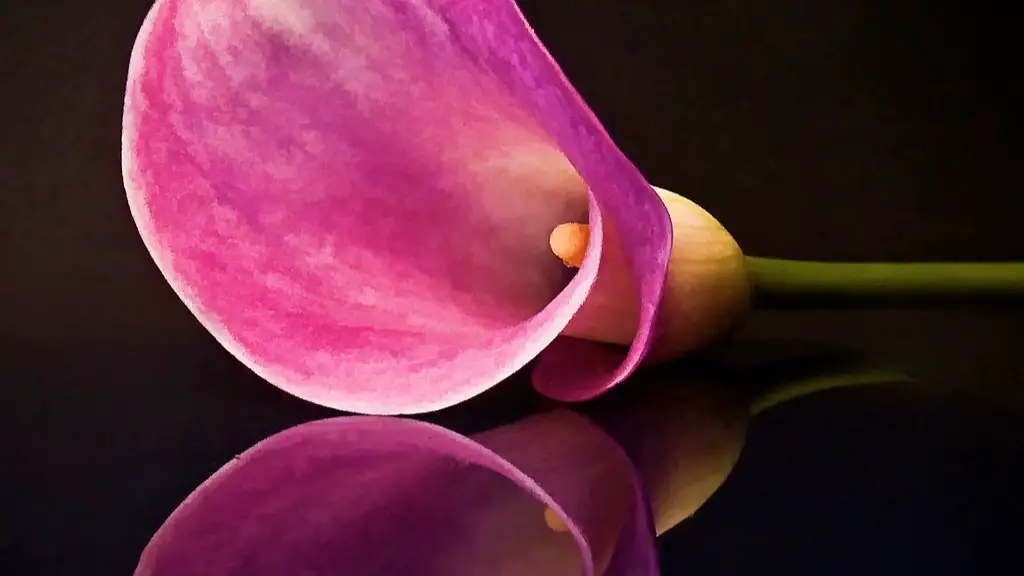In order to care for a phalaenopsis orchid indoors, it is important to understand the plant’s natural habitat and requirements. The phalaenopsis orchid is native to tropical and subtropical regions of Asia, Australia, and the Pacific Islands. They typically grow in moist, shady environments and require warmth and humidity to thrive.
When growing a phalaenopsis orchid indoors, it is important to recreate its natural environment as much as possible. The plant should be placed in a location with bright, indirect sunlight and exposure to a drafty window or door should be avoided. The potting mix should be light and well-draining, and the plant should be watered regularly, taking care not to overwater. feeding the plant every two weeks with a balanced liquid fertilizer will help to promote growth. Lastly, regularly misting the plant will help to increase humidity.
Some tips on how to care for a Phalaenopsis orchid indoors:
-Place the orchid in an east or west-facing window.
-Make sure the orchid is getting at least 12 hours of sunlight every day.
-The temperature in the room should be between 65 and 75 degrees Fahrenheit during the day, and 10 to 15 degrees cooler at night.
-Water the orchid once a week, making sure to soak the roots completely and then allowing the plant to drain completely.
-Fertilize the orchid every two weeks with a balance 20-20-20 fertilizer.
How do I get my Phalaenopsis orchid to rebloom?
It is important to provide your orchid with enough light in order to improve the chances of it reblooming. The best place to put your orchid is in an area that receives bright, indirect sunlight. The more light your orchid receives, the longer its blooms will last and the greater the chances of it reblooming.
Phalaenopsis, or moth orchids, are some of the longest blooming orchid genera. They can produce flowers that last from 2 to 6 months before dropping. Phalaenopsis are also known to bloom 2 to 3 times per year once they reach a mature size.
How often do you water a Phalaenopsis orchid
If your phal is potted in bark, watering once a week is generally sufficient. If your plant is potted in moss, water when the top feels dry. The amount of light and heat your plant receives will also affect how soon your phal needs watering. Summer months will need more frequent watering, winter will need less.
If you want to keep your orchid looking its best, you should remove the flower spike entirely after the flowers have fallen off. This will prevent the stem from turning brown or yellow.
What triggers flowering in Phalaenopsis?
Most phalaenopsis species are native to areas close to the Equator and do not need a specific photoperiod to induce flowering Instead, it is the low temperature that triggers phalaenopsis to start the flowering process.
Orchids are a type of plant that prefer a small pot in order to grow. Their roots will weave through the compost as they grow, but eventually they will run out of room. When this happens, their roots will push the plant up above the rim of the pot or reach out into the air, looking for breathing space. This is a sure sign that it is time to re-pot the plant.
What to do when Phalaenopsis stops blooming?
If you want to encourage your plant to produce more flowers, you can cut back the stem to the nearest bud. This will stimulate the plant to produce another flower stem over the next few months.
If you are unsure how often to water your orchid, a good rule of thumb is to water it about once a week. To water your orchid, soak it in a sink or bucket of water for about 10 minutes to saturate the roots. Allow the water to drain out completely; orchids like a good soak but don’t tolerate sitting in water. Uneven watering will result in shallow or uneven root growth. After you have watered your orchid, feel the weight of the container; it will be heavy.
What time of year does Phalaenopsis bloom
The Phalaenopsis orchid is a beautiful plant that blooms in the late winter and spring. In late June and July, the Phalaenopsis orchids in our collection finally lose their blooms. Some will remain in bloom for awhile longer. The ideal time to repot orchids is when they go out of bloom and Phalaenopsis is no exception.
This is a great way to increase the humidity for your orchids! By setting the pots on top of the pebbles, and filling the tray with water, you create a humid microclimate around the plant which will help it to thrive.
Should I mist my Phalaenopsis orchid?
Orchids usually love humid conditions because they’re a tropical plant. The easiest way to recreate their humid home is by misting them with a spray bottle.
It’s important to water your orchid just enough so that the leaves are shiny and firm, and the roots are firm and green. If you give it too little water, the roots will become dark and dry. If you give it too much water, the roots can become yellow, brown, or hollow/flat.
When an orchid stem dies will a new one grow
Orchids are wonderful plants that can provide beauty and enjoyment for many years. Fortunately, they can also be propagated relatively easily, so that you can enjoy them for even longer. Orchids can be propagated from stem cuttings, divisions of rhizomes, or by allowing a flower spike to grow back after cutting it down. With just a little effort, you can have a beautiful collection of orchids that will provide you with years of enjoyment.
To get your orchid to rebloom, water it with 3 ice cubes once a week and fertilize it once or twice a month with a balanced houseplant fertilizer at half strength. Provide plenty of indirect sunlight, and put your orchid in a cooler spot at night.
How do you make an orchid grow a new spike?
Orchids are tropical plants, and in order to get them to bloom, you need to mimic their natural environment. This means giving them warm temperatures during the day and cooler temperatures at night. The best way to do this is to place the plant in an area with a lower room temp at night – about 55-65°F. Placing your orchid in a window away from the heater might work, too. We’ve had best success getting new flower spikes in winter, when our homes and their windows aren’t as warm.
Coffee grounds are an excellent fertilizer, especially for orchids and African violets. Just make sure the potting mix is a little damp before fertilizing, because coffee grounds can burn the roots if they’re completely dry.
How many times a year do Phalaenopsis bloom
A phalaenopsis orchid typically blooms for several months and can be pollinated again during this period. It can take 9 to 14 months for an orchid to complete a life cycle. If it does not die, it typically blooms once every 8 to 12 months.
Your orchid’s flowers are likely falling off because the plant is finished blooming. The orchid is about to enter a hibernation period where it will rest before blooming again. Other reasons for flowers dropping include overwatering, underwatering, lack of sunlight, and too much sun.
Warp Up
When it comes to indoor orchid care, there are a few key things to remember for your Phalaenopsis orchid. First, make sure to choose a pot that has drainage holes, as orchids do not like to sit in wet soil. Secondly, water your orchid regularly, but be sure to allow the potting mix to dry out in between waterings. Additionally, fertilize your orchid monthly using a balanced fertilizer, and finally, place your orchid in an area with bright, indirect light. By following these simple tips, you can ensure that your indoor Phalaenopsis orchid thrives.
This concludes our guide on how to care for a Phalaenopsis orchid indoors. By following the tips outlined in this guide, you should be able to keep your orchid healthy and blooming for many years to come. Thanks for reading!
